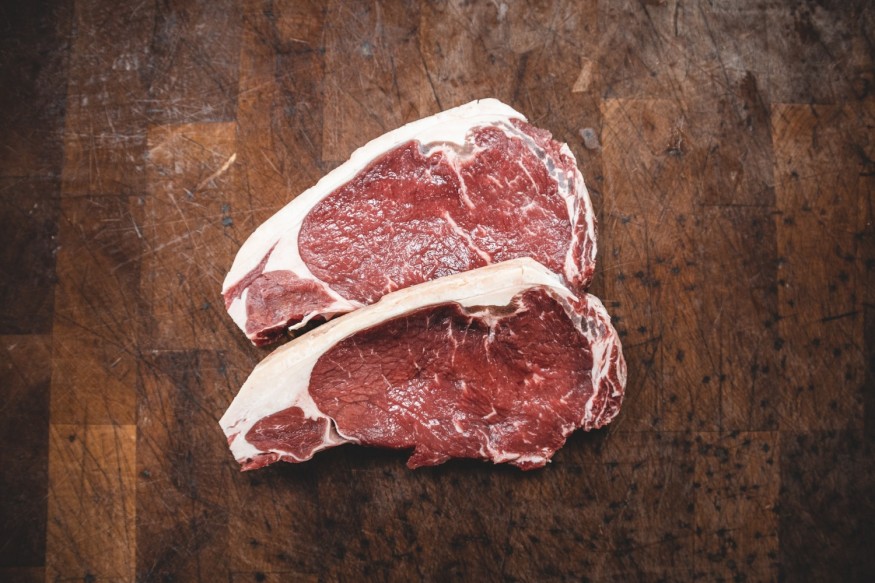
The taste of human flesh can be a topic that not many would want to discover which is why its description on TV could be disturbing. This is what happened with a recent satirical program, where a scientist went on to eat a sample while describing how it felt.
Taste of Human Flesh
According to Mail Online, an incident on Channel 4 left viewers in shock as the host appeared to eat human flesh on the show. As such, the situation happened on the "Gregg Wallace: British Miracle Meat" satirical documentary.
Gregg Wallace was given a tour of a factory that supposedly manufactured what they described as "engineered human meat." Apart from taking a tour to the factory, Wallace even sampled the meat himself.
Mail Online clarifies that the show was meant to be a parody but despite that, it resulted in much outrage and strong reactions from audiences. Some of them voiced their concerns, saying they fell for it and that they "felt sick."
However, it can be said that there are scientific revelations on what human meat actually tasted like. A century-old study even tackled societies where cannibalism, or the consumption of human flesh, was a widely accepted practice.
Scientist Samples Human Meat
In the 1920s, William Buehler Seabrook, an American adventurer, investigated human flesh-devouring societies as he provided a detailed record of them. In fact, he also tried human meat himself when he went to West Africa and met the Guero people.
The adventurer detailed his experiences in a 1931 book called Jungle Ways. Nature Journal highlighted the explorations of Mr. Seabrook, which came with criticism later on regarding the validity of his claims.
The explorer also detailed the main features he observed in human meat, highlighting how raw flesh looked like beef except it had pale yellow fat and was less red. He also said that the flesh would turn grey and as for its aroma, it smelled like beef.
The accounts he gave regarding taste described human flesh as being similar to veal, and how most people with ordinary palates wouldn't be able to tell the difference. However, despite his descriptions, some regarded them as unreliable due to later inconsistencies in his story.
Truth to the Story
Slate reported that, later on, Seabrook confessed that the tribesmen were distrustful of him and that they didn't allow him to participate in the traditions. However, his autobiography presents another account of cannibalism.
He said that he was able to get the body of a hospital patient in France who recently died and cooked the meat on a split. He then said that what allowed him to give more insights on cannibalism wasn't because of his experience in West Africa, but instead in Paris.
RELATED ARTICLE : New Embryo Models Mimic Structures Found in Real Ones, Perfect Replica Is Not Desirable, Unlikely Possible
Check out more news and information on Medicine and Health in Science Times.
© 2026 ScienceTimes.com All rights reserved. Do not reproduce without permission. The window to the world of Science Times.












